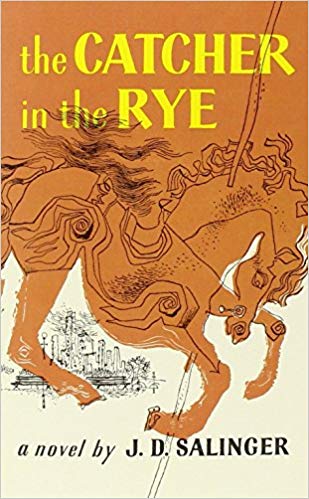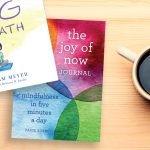by Rachel Benzine, Collection Management Librarian
When I think of banned books, I think of dystopian literature like Fahrenheit 451 or 1984. It seems more like something out of a classic novel than something that would be happening in today’s society. However, the American Library Association’s Office for Intellectual Freedom (OIF) reports that they tracked challenges to 483 books in 20181. The most common reasons for a book to be challenged in the latest statistics from the OIF include sexually explicit content, offensive language, or the material being unsuitable for the intended age group2. Book banning remains a major challenge for librarians looking to promote free access of information to all patrons.
We’re at the beginning of this year’s Banned Books Week. This is a week which brings together book lovers, from librarians to publishers to booksellers to readers, in support of free access to information. This year’s theme urges us to “Keep the Light On,” because “Censorship Leaves Us in the Dark”3.
I am passionate about fiction books’ ability to illuminate real-life concepts for young readers. Suggested Reading by Dave Connis came out last week, and it is a great introduction to intellectual freedom and book banning for high school students. In this novel, Clara Evans is a senior who has been helping in her school library throughout her high school career. When she finds out that the school administration has been quietly banning books from the library, she decides to run an underground library (Unlib) out of a locker. Clara is thrilled when more and more kids start asking her for books. However, after a tragedy in her school is connected with two of the books someone checked out from Unlib, she can’t help but question if running Unlib is a huge mistake.
This story is fictional, but it is grounded in reality. Many of the titles removed from the school library in Suggested Reading have been included in the Top Ten Most Challenged Books lists compiled annually by the American Library Association1. A few of the titles Clara offers in Unlib include the following:
- Perks of Being a Wallflower by Stephen Chbosky. On the Top Ten list every year from 2004-2009, and again in 2013 and 2014. Reasons for challenges include drugs/alcohol/smoking, homosexuality, offensive language, sexually explicit content, being unsuited for age group, anti-family, religious viewpoint, and suicide1.
- The Color Purple by Alice Walker. On the Top Ten list in 2007 and in 2009. Reasons for challenges include offensive language, sexually explicit, being unsuited to age group, and homosexuality1.
- The Catcher in the Rye by J. D. Salinger. On the Top Ten list in 2001, 2005, and 2009. Reasons for challenges include offensive language, being unsuited to age group, and sexually explicit content1.
- Eleanor & Park by Rainbow Rowell. On the Top Ten list in 2016. Reason for challenge includes offensive language1.
Suggested Reading does a great job of exploring both sides of the issue of book banning. Clara clearly wants to promote free access to information for her fellow students. However, this book doesn’t shy away from addressing the real events that cause people to want to ban books in the first place. Should school libraries include books in their collections that can be triggering for students with mental health disorders and suicidal thoughts? One of the core values of librarianship involves free access to information for all people4. Yet freedom of information isn’t a black-and-white issue, and we as librarians face our own ethical quagmires when it comes to collection development. Should we offer books in our collections that involve hate speech, discrimination, or issues to which most of the population has a moral objective? Are we engaging in self-censorship when we avoid acquiring certain books that might be controversial?
If you’re wrestling with these issues in your professional life, check out Practicing Intellectual Freedom in Libraries by Shannon M. Oltmann. Some of the chapters lay the groundwork for intellectual freedom by discussing the theoretical frames around access to information, or how intellectual freedom relates to the core values of librarianship. Other chapters provide concrete steps to be taken if materials are challenged, and how to handle collection development work in a way that promotes intellectual freedom. Because this book is so new, it touches on areas of intellectual freedom not covered in many other professional resources – such as an entire chapter dedicated to the #MeToo movement in literature. This book is a great resource if you’re looking for ways to engage in the fight against censorship as a librarian.
REFERENCES
1American Library Association. (2018). Top Ten Most Challenged Book Lists. Retrieved from http://www.ala.org/advocacy/bbooks/frequentlychallengedbooks/top10
2American Library Association. (2018). Challenges by Reason, Initiator, and Institution for 1990-99 and 2000-09. Retrieved from http://www.ala.org/advocacy/bbooks/frequentlychallengedbooks/statistics
3Banned Books Week. (2018). About. Retrieved fromhttps://bannedbooksweek.org/about/
4American Library Association. (2006). Core Values of Librarianship. Retrieved from http://www.ala.org/advocacy/intfreedom/corevalues














